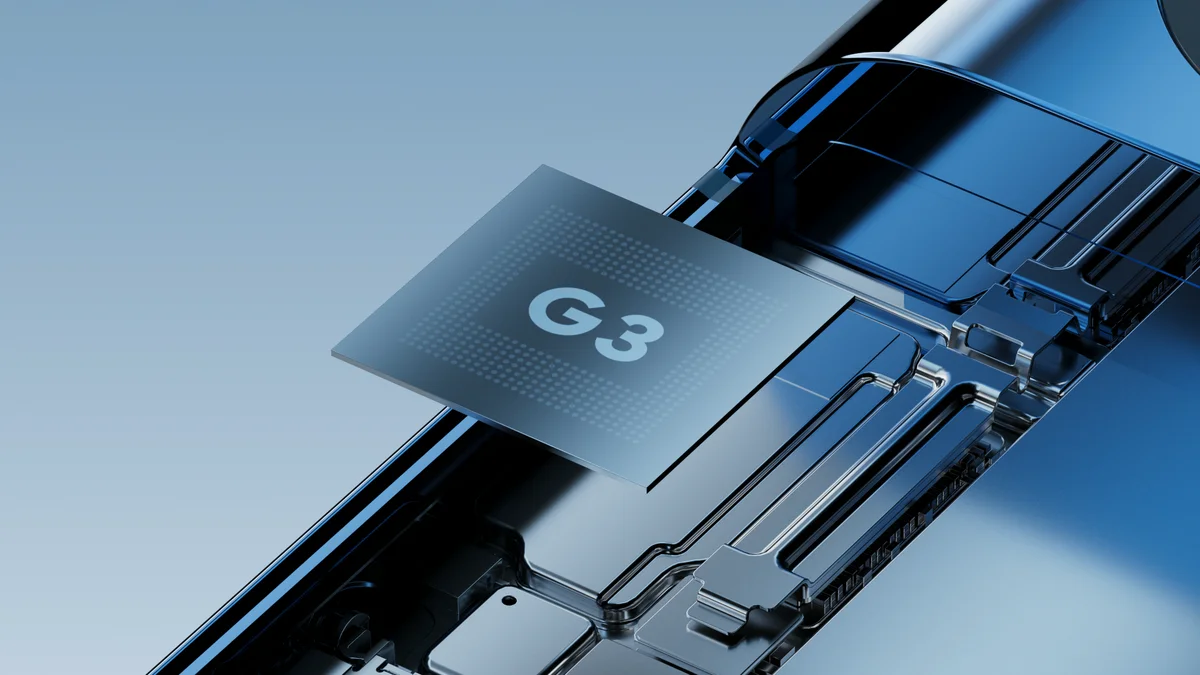Google's Tensor G3 Chip Unveils AV1 Codec Support
In a groundbreaking revelation, Google's latest Tensor G3 chip, featured in the Pixel 8 series, unveils a concealed gem — native support for the AV1 codec, setting a new benchmark in smartphone video processing. This heralds a significant milestone, making it the pioneering smartphone processor capable of seamlessly handling AV1-encoded video. Notably, the chip boasts the prowess to encode video at an impressive 4K resolution and 60 frames per second (FPS).
AV1, a cutting-edge video compression standard, surpasses its predecessor, the H.264 codec, by promising superior quality and compression efficiency.
The Tensor G3 is the first smartphone SoC to support hardware-accelerated AV1 encoding. It supports AV1 encoding at up to 4K60. No application (including the Pixel Camera app) takes advantage of this, though, likely due to a lack of platform support.I know this technically… pic.twitter.com/T2EiSCYLKP
— Mishaal Rahman (@MishaalRahman) February 23, 2024
Tech aficionado Mishaal Rahman shares a revealing code snippet affirming the Tensor G3's AV1 compatibility, offering support for resolutions up to 4K at 60FPS. This positions the Tensor G3 chipset ahead of its competitors such as Qualcomm, MediaTek, and Samsung, specifically in terms of this advanced encoding capability.
However, there's a hitch — despite the Tensor G3's AV1 prowess, prevalent applications, including Google's Pixel Camera app, are yet to harness this feature for encoding at 4K 60FPS. The absence of software integration implies that users won't immediately reap the benefits of this hardware innovation.
The dearth of AV1 encoding support in alternative chipsets may stem from compatibility concerns. Presently, the H.264 format retains its dominance as a widely used and supported codec, ensuring seamless video playback across diverse devices.
Nevertheless, it's noteworthy that Apple's A17 Pro chip, employed in the iPhone 15 Pro series, also embraces AV1 decoding, albeit lacking encoding capabilities.
In light of this revelation, Google could introduce AV1 encoding support in future iterations of the Tensor chip, accompanied by updates to its camera app to leverage this cutting-edge feature.
However, until mainstream applications fully embrace AV1 encoding at 4K 60FPS, the Tensor G3's distinctive capability remains more of a technological curiosity than a practical advantage for end-users.
